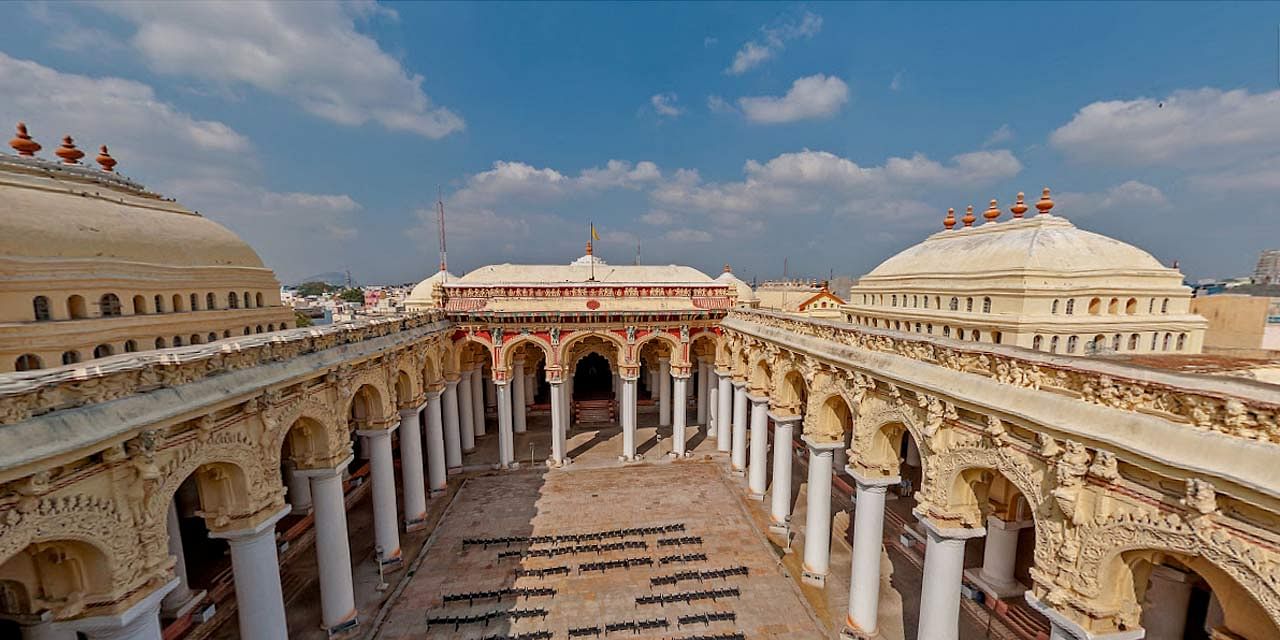
On a recent trip to Madurai’s Tirumala Nayaka Palace, a few kilometers away from the city’s iconic temples, I spent some time exploring a chamber within the complex, containing a section for inscriptions and sculptures.
Arrayed in front of me here were stone idols from across early to late medieval Tamil Nadu, representing various stages of local socio-political and artistic development and refinement; tangible material evidence of the region’s cultural and economic prosperity. Unfortunately, the labels the exhibits carried were insufficient in their details, and as I walked on, the labels disappeared altogether, leaving visitors to make their best guess as to what the exhibit could be.
As someone whose research involves history, I could make out the distinctions – motifs, stylistic elements, and even the condition of the stone were giveaways. However, the whole point of visiting such a gallery was to not have to guess.
Moreover, this was a government funded institution, and this was a glaring oversight. Who knows how many face similar issues, or worse? What sort of history would visitors even learn from something so patchy?
The role of a museum is not merely to house historical artefacts and put them on display, often with some minimal labelling to help visitors identify what’s in front of them. A museum should seek to contextualise its exhibits, placing them within the grander scheme of things as opposed to just labeling them. Museum curation serves this purpose, as do write ups that summarise why exhibits are important, and how they relate to one another.
If a set of sculptures use a certain material, something on the material itself – why it was used, what its properties are, where it’s available, etc. With inscriptions, notes on the scripts used, where they were used and by whom, and what happened to them over the course of time would help greatly in appreciating them better. With transliterations into modern forms of the script as well as translations, of course.
The whole incident made it all too apparent just how closely we depend on resources – and by extension, funds to supply such resources – to learn history as laypeople. I realised that this was not new either – I’d seen similar signs of neglect across the Deccan, in Bidar, in Keladi, in Bhatkal, and even the roads connecting the Chalukya sites of Aihole, Pattadakal, and Badami.
Given that numerous historically significant cities are now small, relatively unimportant towns like these that receive little public attention, one can only imagine how poorly museums in these towns must be funded. Once again, distance from modern centers of political power has served to marginalise history that does not conform to a certain centralised model.
For that matter, even a lot of urban heritage in Bangalore, especially the Chickpet and Cantonment districts, has slipped under the radar, and is in need of documentation and preservation.
At this year’s edition of the Kerala Literature Fest, historian and writer Vikram Sampath spoke of how the Indian public has allowed monuments to crumble; this neglect that public custodianship of heritage has allowed to happen is definitely a part of this larger problem.
As shaping history becomes increasingly important to those in power, holding them accountable to a certain degree of objectivity becomes the responsibility of civil society. Museums constitute a valuable part of our collective efforts to preserve history and propagate its message to the wider public, they need to be properly equipped with sufficient resources in order to do so.
After all, all this is funded with taxpayer money, and besides our tax money, we are all direct stakeholders in these preservation projects – this is our history, it’s directly relevant to where we are today as a society and as individuals. It’s well within our rights to expect this from officials.
These institutions are where most people come into contact with history for the first time, and these encounters would be insufficient without them effectively communicating just why all this history around them is so important, and how it is to be read and interpreted.
If museums, the most accessible point of contact between historians and the public, become inaccessible or do not adequately teach people what it means to come from somewhere, can we blame people for not caring about history?
(Karthik Malli writes on the intersection of language, history, and identity in South India)
Disclaimer: The views expressed above are the author’s own. They do not necessarily reflect the views of DH.